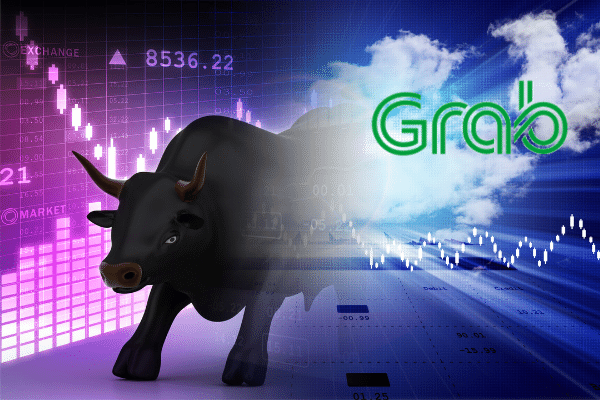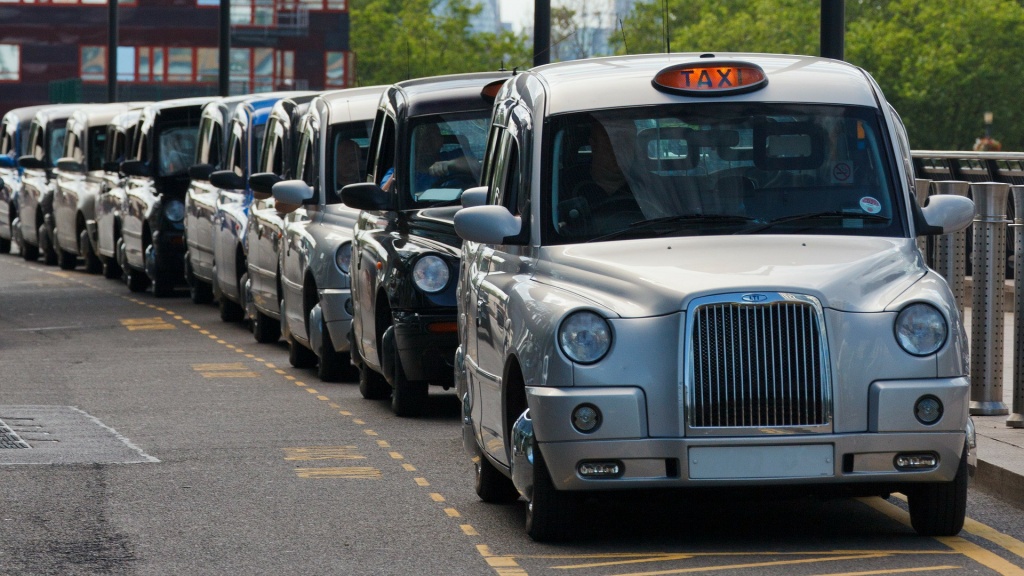
Even by the standards of the cryptoverse, claims of applying “machine learning” and “deep learning” tools to cryptocurrency trading should raise more than an eyebrow of skepticism.
It had to happen sooner or later. After years of thoughtful study, Peter McCabe, a 40-year-old wannabe London cab driver had finally passed the grueling exam to become a London cabby, otherwise known simply as “The Knowledge.”
Demanding years of study to memorize the labyrinthine city’s 25,000 streets (bear in mind London has been around since the Roman Empire) and any business or landmark on them, would-be cabbies undertake the task of committing to memory the entirety of London.
Demonstrating mastery through a sequence of progressively more challenging oral examinations, “The Knowledge” takes an average of four years to complete and for others, much longer — all this just to drive “The Cab.”
So when McCabe finally passed what was the taxi driver’s equivalent of the SATs he noted that his achievement was somewhat bittersweet.
In an age of Uber, GPS and artificial intelligence (or AI), does committing to memory a 3D worldview of London still bear any relevance in private hire transport anymore?
Machines, Machines Everywhere But Not A Drop of Humanity
Which is why it should come as no surprise that automation, which has managed to pervade fields as complex as driving a car, first started permeating another field that was originally the exclusive enclave of humans a mere five decades ago — investing.
Not so long ago, investing was a distinctly human affair.
The Wall Street of the 1970s was a different place compared to today, where power lunches and power suits ruled the land. Where a trading advantage was gleaned from the greens of a golf course in Westchester or at the grand dining room of the Four Seasons in downtown Manhattan.
Even by the 1980s, reading the Wall Street Journal or watching television on the trading floor, or ticker tape, offered a significant information advantage.
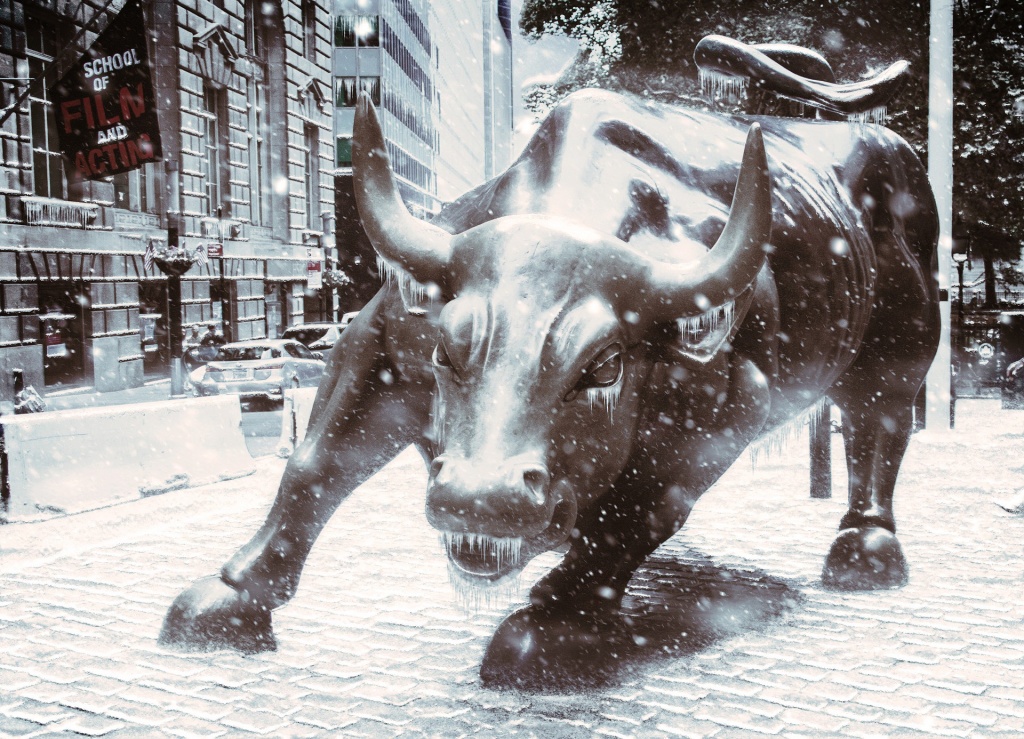
Since then, however, the investing landscape has changed dramatically, with the role of humans greatly diminished.
Today, computers, algorithms and passive managers hold court over our investment universe.
Last month Morningstar, a provider of financial information and research, reported that passive equity assets hit US$4.3 trillion, exceeding the amount run by humans for the first time ever.
But it’s not as if technology is only just making inroads into the investment realm.
Been There, Done That, Bought The Bot
Early investors in the Dutch East India company sought out newsletters about the fortunes of ships rounding the Cape of Good Hope before they arrived in the Netherlands, hoping to capitalize on buying cheap the bounty of shares of less knowledgeable investors.
The Rothschilds supposedly knew about Napoleon’s defeat at the Battle of Waterloo well before the Queen, thanks to a carrier pigeon network that brought news of the French defeat faster than ships — air is almost always faster than sea (except if you’re flying out of La Guardia).
So during the era of paper ledgers and slide rules, it was no surprise when machines started to creep in, taking the easiest, most repetitive and often the noisiest jobs first.
In the 1970s, floor traders shouting orders to each other across the exchange started to be replaced by far more accurate and efficient electronic execution.

Electronic execution of orders also paved the way for a centralized source of data on prices and volume, an oracle if you will, which in turn improved efficiency by creating greater certainty about the price.
So it wasn’t long before portfolio managers were also incorporating automation into their products, with Jack Bogle, founder of Vanguard, creating the world’s first index fund in 1975, automating the simplest possible portfolio allocation.
By the 1980s and the 1990s, managers started to create more complex automated products such as quantitative hedge funds and exchange-traded funds, or ETFs.
And while some ETFs track indices, others can be far more complex, acting almost autonomously according to preset parameters, such as finding undervalued companies or automatically rebalancing sector exposure — think of them as early iterations of the troubled decentralized autonomous organization (the notorious DAO that marked Ethereum’s early troubles).
Factor This
Most of these investment machines operate off what are known in the industry as “factors.”
The idea of factors has been around for several decades now and was derived by two economists, Eugene Fama and Kenneth French.
Essentially, quantitative hedge funds program their algorithms to choose securities based on “factors” that are arrived at by economic theory and borne out by data analysis, such as momentum (recent price movement) or yield (dividend payout).
Whereas in the past, only the most well-funded money managers were able to afford the processing capacity to crunch the substantial data to feed these machines, today, almost everyone has access to technology that can make sense of the market.
The democratization of access to both information and technology has meant that whereas in the past, algorithmic funds could have enjoyed an edge which they could have preserved for longer periods, greater efficiency and transparency has undermined this edge and increased market efficiency.
Today, over 7 billion shares worth some US$320 billion switch hands daily on the New York Stock Exchange alone, with much of that volume high-frequency, automated trading, where stocks are flipped quickly to skim fleeting gains.
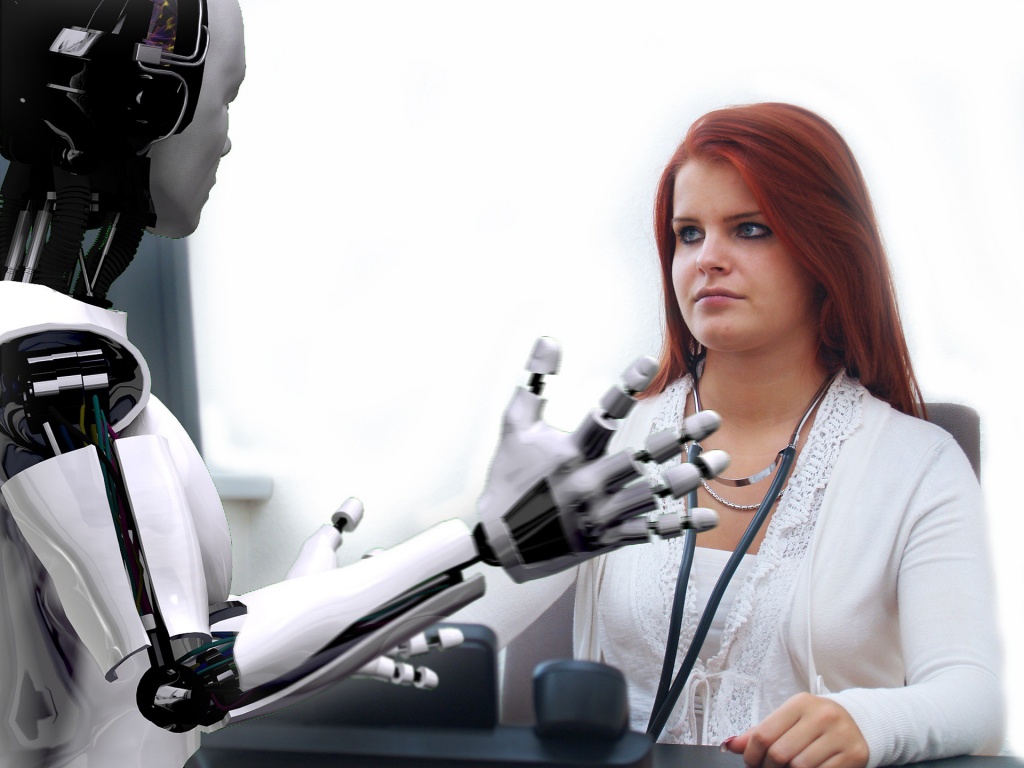
The result has been that stock markets today are more efficient than ever and automated investing has allowed costs to be slashed, with passive funds charging some 0.03% to 0.09% of assets under management each year, a far cry from hedge funds demanding their pound of flesh (2% of assets under management and 20% of returns).
And because trades are cheaper these days than ever before, new information about a company is almost instantly reflected in its price.
This means that the machine-led dominance of markets will more likely than not, extend further.
Already, the human-derived factor strategies developed in the early days of automated investing are widely available through ETFs.
Automation For the Goose Is Automation For the Gander
So it was really only a matter of time before some of the principles of automated and algorithmic trading started to trickle into the cryptocurrency markets in an orgy of snake-oil salesmanship and hype.
But the reality is that even in the capital markets algorithmic trading has its limitations.
Proponents of AI and deep learning tools point to examples such as AlphaZero — a computer unveiled by Google in 2017 that had been given the rules of chess and then taught itself how to play — which took only four hours of training to beat Stockfish, the best chess machine programmed with human tactics, as evidence of the inevitable dominance of machines.
But veteran managers such as Ray Dalio of legendary hedge fund Bridgewater Associates notes that in chess, the rules are static, whereas markets by contrast, are dynamic, not least because people learn and what they learn becomes translated into the prices of securities,
“If somebody discovers what you’ve discovered, not only is it worthless, but it becomes over-discounted and it will produce losses.”
“There is no guarantee that strategies that worked before will work again.”
“(A machine-learning strategy that does not employ human logic is) bound to blow up eventually if it’s not accompanied by deep understanding.”
Which is precisely the danger of applying machine learning tools and data analytics wholesale to cryptocurrency trading?
For the last three decades, quantitative investing started with an investment hypothesis which investors would test against historical data and make a judgment as to whether or not it would continue to be useful.

The order of that process has been reversed.
Today, quantitative strategies start with the data and look for the hypothesis and this applies for cryptocurrencies as well.
Managers who trickled down from traditional finance into the cryptoverse now try to jam dubious data from unregulated sources into their existing trading models, with inconsistent results.
Yet it is precisely because of the opacity and inefficiency of cryptocurrency markets that substantial returns are possible with the strategic employment of algorithmic trading.
To be sure, since as much as 90% of cryptocurrency trading volume is falsified, automated bots responsible for generating that trading volume, using repetitive patterns can easily be gamed.
Opacity and inconsistency of datapoints mean that intuition and more importantly experience, are still relevant in the cryptocurrency markets.
In cryptocurrency trading, perhaps more so than in any other form of rules-based trading environment, humans have not been quite sidelined.
Humans Wanted
The role of a manager in cryptocurrency trading is ultimately still to decipher which data to feed into the machine.
Feed the machine garbage and you can just imagine what comes out the other end.
To leave the machine to discern the trading strategies from the data alone is to play with fire.
Often times machine-derived “factors” can result in false positives which cause their human minders to stuff what the machine has spotted into “explainable” factors.
And like navigating a supertanker, small but wrong inputs in direction in the early stages of the vessel’s voyage can make the difference between whether the ship docks in Lisbon or Latakia.
In fact, some of the most dangerous cryptocurrency trading models are those which outperform initially, only to return those gains and result in deep drawdowns further down the line.
And then there’s the volume and source of data which could be reasonably converted into “factors.”
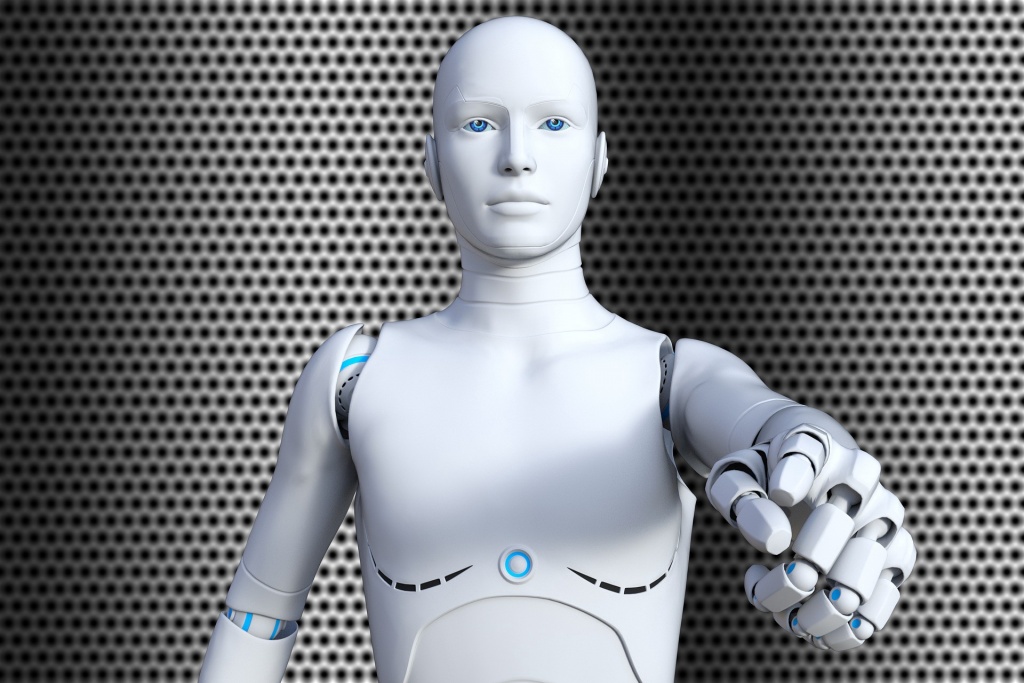
By AI standards at least, the amount of cryptocurrency price, volume and other factor data is a drop in the ocean.
Because the amount of data that you really have to work from is the size of the thing that you’re trying to forecast, cryptocurrency data is statistically insignificant.
For investors in Bitcoin for instance, there is just over a decade worth of data — perhaps a few hundred data points at the very most, which is nothing compared with the gigabytes of data used to train algorithms to recognize faces or even to drive cars.
The result of which is that traders using machines to distill cryptocurrency investment theses may find that the machine simply reverts to momentum trading — which given the volatility in cryptocurrency markets can be fatal to the portfolio.
Machines, What Are They Good For?
Against this backdrop, is there any value in utilizing algorithmic trading for cryptocurrencies at all?
Plenty.
Because cryptocurrency markets are inherently volatile and inefficient and because cryptocurrencies themselves are unconstrained assets sharing a limited correlation with any other asset class, opportunities are abundant, as risk.
The trick is to not get too sunk in the data.
Machine learning tools can be taught to decrypt (pun intended) the wheat (in the form of manipulation, trading noise, front running, spoofing and wash trading) from the chaff (genuine human-led investment action), relatively easy thanks to machine-led repetitive patterns.
With the bulk of cryptocurrency trading volume either faked or manipulated using relatively unsophisticated bots and other trading programs, even the most elementary set of data analytics tools, given sufficient time, ought to be able to discern genuine, as opposed to manipulated, price action.
Then there’s ensuring both off-chain and on-chain inspection of data.
For one, there is a significant amount of trading that occurs outside of cryptocurrency exchanges — through over the counter (OTC) desks and the like.
Decentralized exchanges, as well as blockchain analysis, can provide some indication of what is moving where.
And because there are so many disparate datapoints for price and volume information, arbitrage opportunities, particularly when exploited using a suite of automated algorithmic tools, abound.
Yet because cryptocurrency markets also rely very heavily on sentiment as well, there is still a key role for human discretion in investment decisions, more so than perhaps in the financial markets.
According to David Siegel, co-chairman of Two Sigma,
“Thirty years ago the best fund manager was the one with the best intuition.”
“Now those who take a scientific approach using machines, data and AI, can have an edge.”
In the cryptoverse, traders can enjoy the best of both worlds — cyborgs anyone?
You may also want to read:
- Could “Non-Transparent” ETFs Pave The Way For A Cryptocurrency ETF?
- Fungible Funds Court Cryptocurrencies

Remark: This article first appeared on Altcoin Magazine and is hereby republished with permission by SuperCryptoNews .

